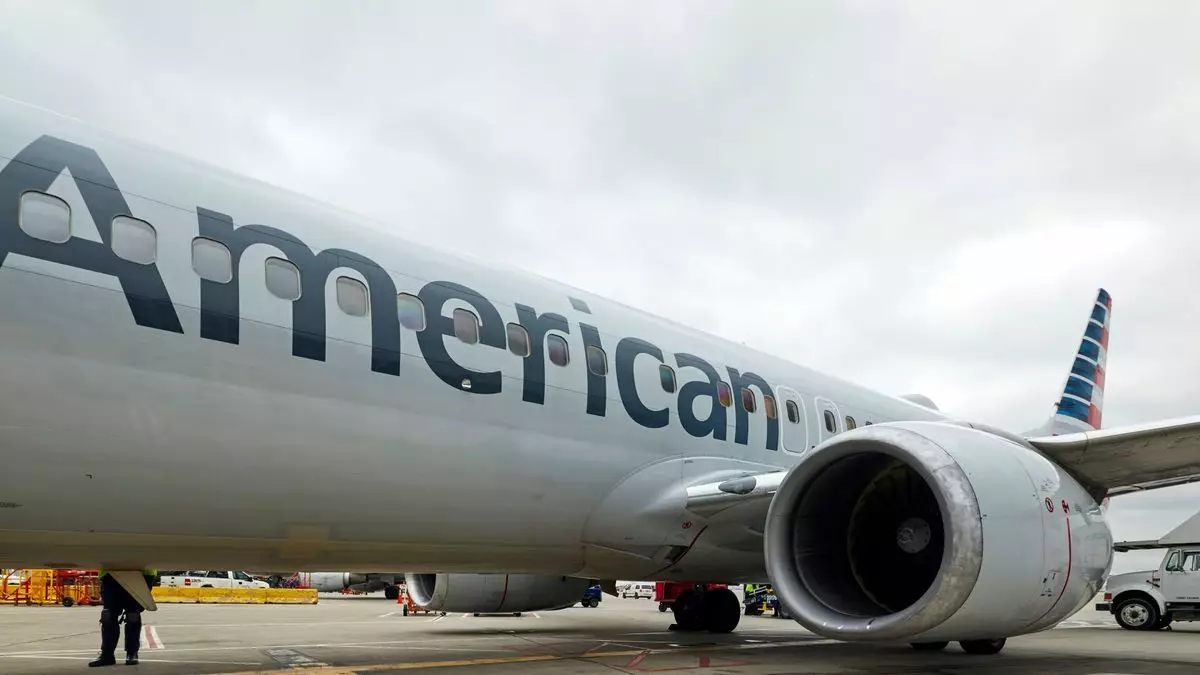American Airlines’ decision to focus on direct distribution and move away from traditional GDS bookings has proven to be a costly mistake. The airline is projected to lose $1.5 billion in revenue this year as a result of this strategy. This move has had a significant negative impact on the airline’s financial performance, with CEO Robert Isom stating that the damage caused by this shift will be felt throughout 2024.
Recognizing the detrimental effects of its direct distribution strategy, American Airlines has decided to reverse course in an attempt to salvage its revenue. The airline has begun re-engaging with travel agencies and corporate clients in an effort to recover some of the lost revenue. This includes restoring content on traditional GDSs and reinstating incentive programs for business clients who book through travel agencies.
The consequences of American Airlines’ distribution strategy are evident in its weak financial results relative to competitors like Delta and United. The airline’s pre-tax profit margin of 7.3% in the second quarter pales in comparison to Delta’s 13% and United’s 12.1%. Additionally, American’s net income of $717 million falls short of the $1.3 billion earned by both Delta and United. Isom attributes these disparities directly to the airline’s distribution strategy, which has hindered its ability to generate revenue effectively.
To mitigate the financial impact of its ill-fated distribution strategy, American Airlines is taking decisive steps to repair its relationships with travel agencies and corporate clients. The airline has hired new account managers for corporate customers and plans to provide enhanced sales support in the near future. By re-engaging with travel agencies and negotiating new incentive-based agreements, American hopes to regain lost ground and recapture its share of the market.
Looking ahead, American Airlines anticipates seeing benefits from its new agreements with travel agencies in the coming months. This will be followed by additional advantages from its renewed engagement with corporate clients. Isom acknowledges that there is still work to be done in 2025, but he remains confident that the airline will eventually recover from the setbacks caused by its distribution strategy. By focusing on rebuilding relationships with key partners and embracing a more balanced approach to distribution, American aims to regain its competitive edge in the market.
American Airlines’ misguided focus on direct distribution has had severe repercussions on its revenue and financial performance. The airline’s decision to shift away from traditional GDS bookings has cost it $1.5 billion in revenue and placed it at a significant disadvantage compared to its competitors. However, by recognizing the flaws in its strategy and taking proactive steps to rectify the situation, American Airlines is laying the groundwork for a potential recovery. Only time will tell if these efforts will be enough to restore the airline’s profitability and position it for long-term success in the highly competitive airline industry.


Napsat komentář